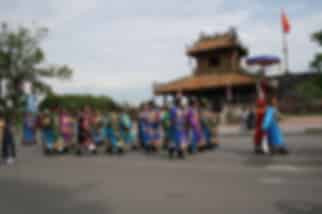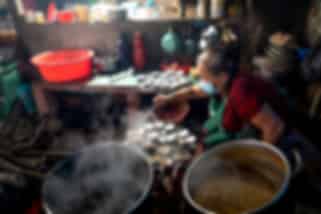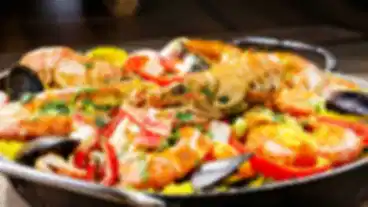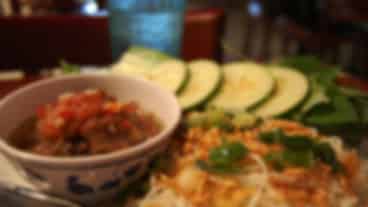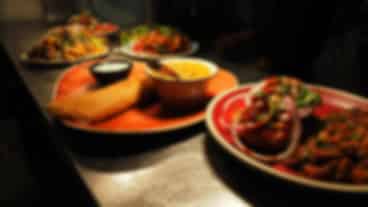Vietnamese Desserts: The Case for Sweet Curiosity
Author
Arya Singh
Updated Date
October 17, 2025
Read
7 minutes
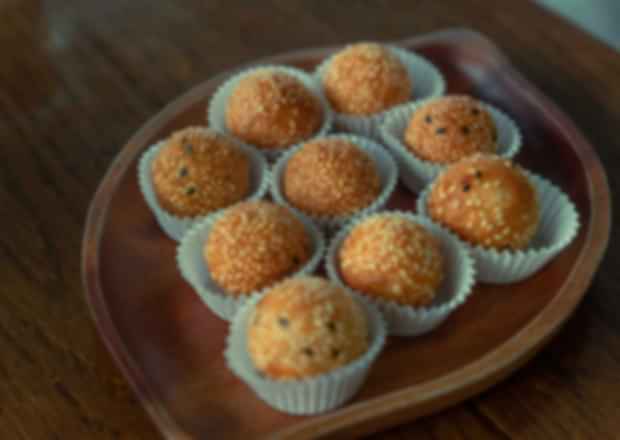
The Vietnamese desserts reflect the culture of the country’s diversity, layers of it, and contrasts. Though foods such as pho and bánh mì are the most popular among Vietnamese, the sweets are also a reflection of a rich history of Vietnam. Hanoi, with its whitish cà phê tru trung (egg coffee), and Saigon with its mixed chè ba mau (of five colours): both desserts are a mixture of French colonialism and Vietnamese ingenuity. These desserts find the rhythm of Vietnamese street food, a simple food turned into soul food. These desserts in all the cafes or night markets not only provide taste, but also unite the harvest of the area, history, and the pleasure of spending time together over something sweet.
Top 10 Vietnamese Desserts to Try in 2025
1. Chè Ba Màu (Three-Color Dessert)
Layered dessert prepared using pandan jelly, sweet red beans, mung bean paste, crushed ice and fat coconut cream. It is a southern Vietnam favourite, and, as well as tasting great, it looks great.
2. Cà Phê Truffle Trung (Vietnamese Egg Coffee).
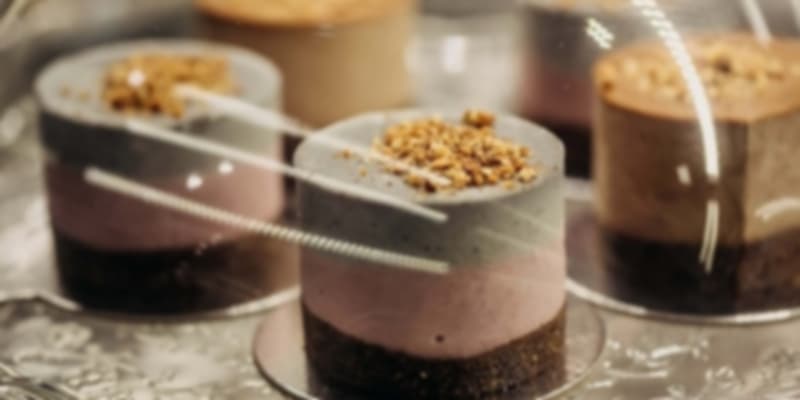
Egg yolk and condensed milk whipped into foam and poured over robusta coffee. This is a Hanoi speciality. The outcome is smooth, creamy, and refreshing – a good combination of sugar and caffeine.
3. Sua Chua nep cam (Yoghurt with Sticky Rice Black)
A northern dish served in a balance between tart yoghurt, crunchy black sticky rice and coconut milk. Its texture is very gratifying, creamy and chewy.
4. Kem Xôi (Sticky Rice Ice Cream)
Served with sticky rice that has a coconut flavour and topped with peanuts or shredded coconuts. It is a sensual game of hot and cold, and a must-have street dessert in Saigon.
5. Banh Flan (Vietnamese Caramel Flan).
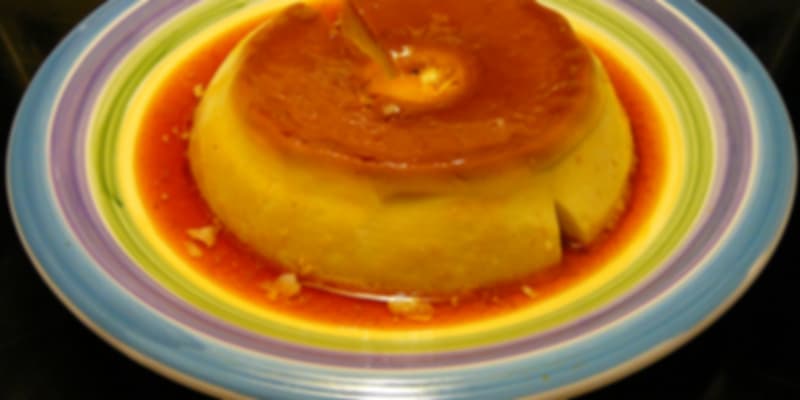
This is based on French crème caramel, but it is made with condensed milk and sugar caramelised. It is smooth, cool, and even a bit burned, an inheritance of French colonialism.
6. Chè Troi Nư Roc (Sticky Rice Balls in Ageing Syrup)
Glutinous rice balls, stuffed with mung bean paste, floating in warm and spicy ginger syrup- a traditional dessert. Usually used on feasts and at night in the north of Vietnam.
7. Chè chuoi (Banana, Coconut and Tapioca Pudding)
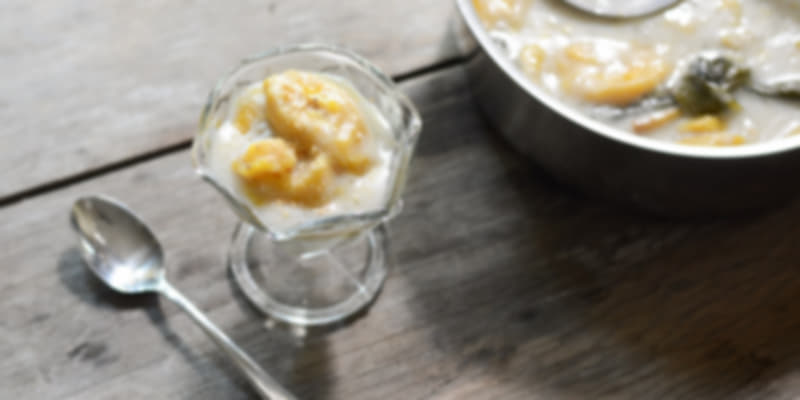
Banana, coconut milk, and tapioca pearls are mixed in this sweet, nutty dessert – it is frequently served with a sprinkling of roasted peanuts to create additional crunchiness.
8. Banh Cam / Banh Ran (Sesame Fried Balls)
Balls of dough, coated in golden sesame, and a filling made of mung-bean, crisp on the outside, chewier on the inside. One of the street foods in Hanoi and Ho Chi Minh City.
9. Chè Khuc Bac (Almond Jelly Dessert)
Another current hit consists of jellies with an almond scent in a syrup of chilled fruit mixed with lychee or longan. It’s best to be served cold in Hanoi cafes.
10. Banh Trung Thu (Vietnamese Mooncakes)
The pastries are served at Mid-Autumn Festival and are stuffed with lotus seed or red bean paste – in many cases containing a salted egg yolk centre and served with tea.
Regional Desserts and Flavour Profiles in Vietnam
| Region | Signature Desserts | Flavor Profile | Best Time & Places |
| North (Hanoi) | Egg Coffee, Chè Khúc Bạch | Mild sweetness, subtle textures, warm ginger tones | Old Quarter cafés and small dessert shops year-round |
| Central (Hue, Hoi An) | Herbal Chè, Pandan Tapioca Desserts | Aromatic, spiced, complex layers | Night markets and festival stalls after dark |
| South (Saigon, Mekong Delta) | Chè Ba Màu, Sữa Chua Nếp Cẩm | Coconut-rich, fruity, boldly sweet | Street stalls and cafés, best during hot afternoons |
Essential Ingredients in Vietnamese Sweets
- Coconut milk: The backbone of southern desserts, lending richness and aroma.
- Sticky rice: Found across all regions, providing a chewy texture and comfort.
- Mung beans and red beans: Key protein elements in many chè variations.
- Pandan leaves: Add colour and fragrance to jellies and puddings.
- Condensed milk: A colonial import that defines northern desserts like egg coffee.
Quick Vietnamese Dessert Recipes at Home
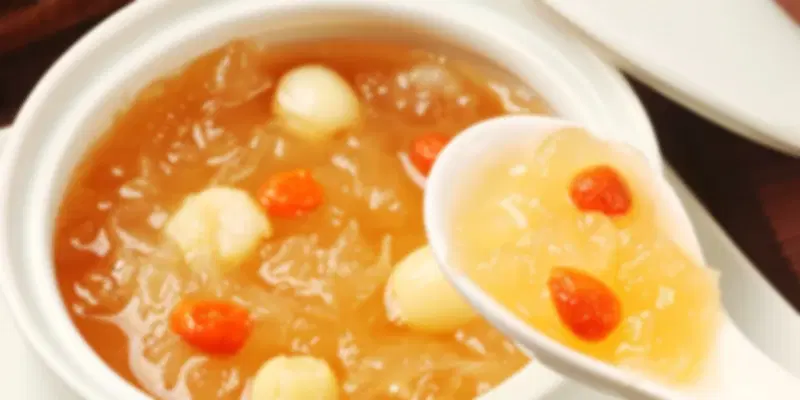
Chè Ba Màu (Three-Color Dessert)
Ingredients: Pandan jelly, sweet red beans, mung bean paste, ice, and coconut cream.
Instructions: Layer beans, paste, and jelly in a tall glass, top with crushed ice, and drizzle coconut cream. Serve immediately.
Bánh Flan (Vietnamese Caramel Flan)
Ingredients: Eggs, sugar, condensed milk, and whole milk.
Instructions: Caramelise sugar, pour into ramekins, add custard mix, and steam or bake gently. Chill before serving.
Cà Phê Trứng (Egg Coffee)
Ingredients: 1 egg yolk, condensed milk, and strong coffee.
Instructions: Beat yolk with condensed milk until frothy. Pour over coffee and serve hot.
Sữa Chua Nếp Cẩm (Yoghurt with Black Sticky Rice)
Ingredients: Cooked sticky rice, yoghurt, coconut milk, sugar.
Instructions: Combine cold yoghurt with rice and drizzle coconut milk before serving chilled.
Where to Eat Authentic Vietnamese Desserts
Hanoi
- Cafe Giang: Birthplace of cà phê trứng.
- Trang Tien Ice Cream: A nostalgic icon serving classic frozen treats.
- Old Quarter chè stalls: Perfect for chè nóng and chè ba màu
Saigon (Ho Chi Minh City)
- Ben Thanh Market: Packed with street dessert vendors, the epicentre of chè
- District 1 cafés: Trendy cafés offer creative takes on traditional sweets.
Hoi An & Central Vietnam
- Night markets: Ideal for exploring herbal chè and tapioca desserts under lantern lights.
How to Choose the Best Street Dessert in Vietnam
- Follow locals: Long queues mean freshness and turnover.
- Check hygiene: Observe cleanliness and ingredient freshness.
- Go after sunset: Most dessert stalls open in the evening when the air cools.
- Smell and texture test: Fresh coconut milk and steamed sticky rice are unmistakable signs of quality.
Tasting Guide: How to Appreciate Vietnamese Sweets
- Sweetness: Northern desserts are mild, southern ones are unapologetically sugary.
- Texture: Balance between chewy, creamy, and gelatinous is key.
- Temperature: Many desserts contrast warm and cold, a Vietnamese signature.
- Authenticity: Always compare local originals to tourist versions; flavour depth is your best clue.
Dietary Tips and Vegan Substitutes
- Replace dairy with coconut milk or soy yoghurt.
- Use agar-agar instead of gelatin for a plant-based texture.
- Lower sugar levels by emphasising natural sweetness from fruits and beans.
Book a classic 4-day Vietnam vacation starting at 21,999!
Final Thoughts: Trying Vietnamese Desserts
Vietnamese desserts represent the diversity of the nation – they combine the colonial experiences of the country, geographical peculiarities, and the ingenuity of the national street food. In each bite, a spoon of chè ba màu or a spoon of bánh flan, there is an element of narrative of texture, contrast, and balance. It is also not just the sweet talk, although it is still the sweet talk that is are lesson in cultural craftsmanship, evidence that Vietnamese food culture is as subtle with sugar as it is with spice. Book your Vietnam package and experience.
Frequently Asked Questions (FAQ) about Vietnamese Desserts
Q1. What is the most popular Vietnamese dessert?
A: One of the most typical ones is Chè Ba Màu (Three-Colour Dessert), which shows the national addiction to colour, texture, and coconut cream.
Q2. Are Vietnamese desserts necessarily that sweet?
A: Not always. Northern desserts are milder and more balanced, but southern ones are more coconut milk and sugar.
Q3. Do Vietnamese sweets work with vegans?
A: Yes. Several desserts, such as chè chuoi or chè ba màu, can be easily veganized by replacing dairy with coconut milk.
Q4. Where are the places where tourists can taste the real Vietnamese desserts?
A: The best desserts belong to Hanoi, which has the Old Quarter and the Ben Thanh Market in Saigon, which has the best centre of freshly prepared authentic desserts.
Q5. What is the French-inspired Vietnamese dessert?
A: Bánh Flan and a sort of pâtisserie-type sweets have their origins in French colonial cuisine.
Q6. When is it good to eat Vietnamese desserts?
A: Evenings until late and nights when the bulk of the street vendors are open, and desserts are made fresh and chilled.
Recommended articles for you
Discover Packages


Need help in planning?
Talk to our Travel Experts


